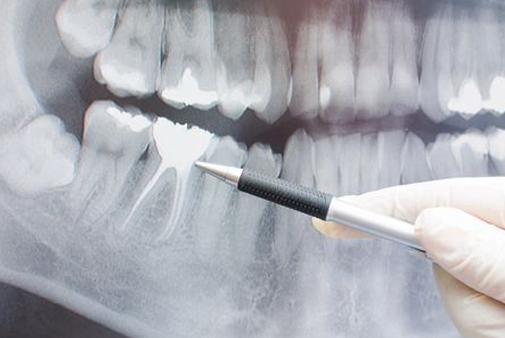That sounds like a significant advancement in endodontic treatment! The Fotona laser and the SWEEPS® technique seem to offer patients a more precise and thorough root canal therapy experience. The use of laser technology could potentially result in increased effectiveness compared to traditional methods. It's great to see advancements like this improving the quality of care for dental patients.
Don't hesitate to inquire about laser assisted root canal treatment during your consultation with Dr. Danesh. Experience the benefits of this cutting-edge approach to root canal therapy and ensure you receive the thorough and safe treatment you deserve.
SkyPulse® LASER truly sounds like a game-changer in the realm of endodontic care. Its advanced laser technology coupled with user-friendly features seems like a winning combination, promising patients a more comfortable and efficient treatment experience. What specifically sets SkyPulse® apart from traditional methods?
SkyPulse® offers a comprehensive approach to root canal treatment, leveraging state-of-the-art laser technology to provide patients with numerous benefits over traditional methods. Here's why you should choose SkyPulse® for your root canal treatment:
The Fotona Laser SkyPulse Endo, specifically calibrated for endodontic treatment, ensures the highest level of precision in your root canal procedure, giving you peace of mind knowing you're receiving the most advanced care available.
Using the Fotona laser for endodontic treatment offers several advantages, including precision, efficiency, and improved patient comfort. Here are the steps involved in laser-assisted endodontic treatment:
With advancements like SkyPulse® and ongoing improvements in laser technology, laser-assisted endodontic treatment offers streamlined procedures, enhanced comfort, and personalized care for patients. Dr. Danesh can provide the expertise and technology needed to optimize your root canal therapy or other endodontic procedures.

An endodontic microscope is useful in enhancing a clinician's ability to view details inside a patient's tooth. It is able to magnify an endodontist's vision up to 25 times in comparison to the naked eye, thus helping the practitioner with better diagnosis, and subsequent treatment planning.

X-rays are a diagnostic tool which allow the endodontist to see any irregularities within the root as well as the root canal system.
It can provide valuable information, and therefore, help the clinician with diagnosis and treatment planning.
The use of a digital X-ray reduces patient radiation in comparison to the conventional PSP/Film methods, and provides a more convenient way to view and store the X-rays.

A Cone Beam Computer Tomography (CBCT) is an important tool for clinicians as it allows immediate and precise 3D visualization of teeth. This state of the art equipment is used in conjunction with digital X-rays, as it complements the X-ray's inadequacies.